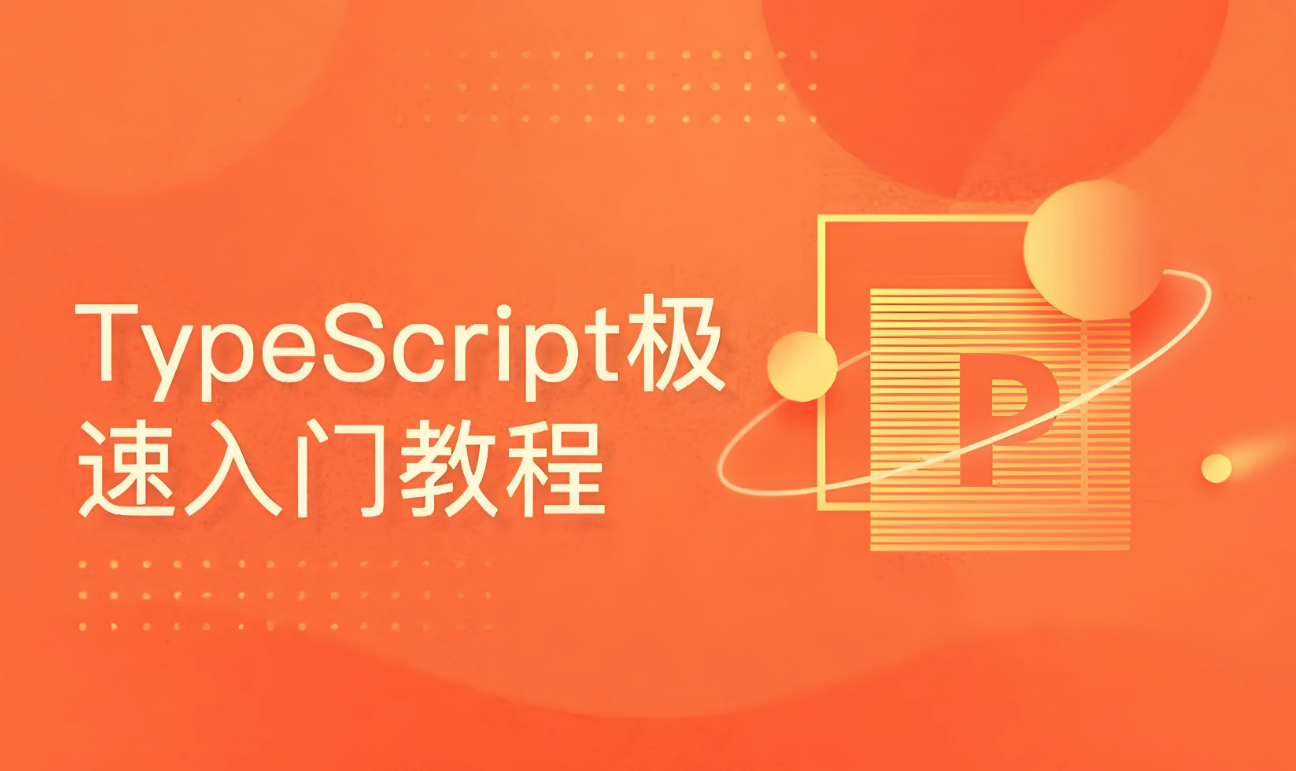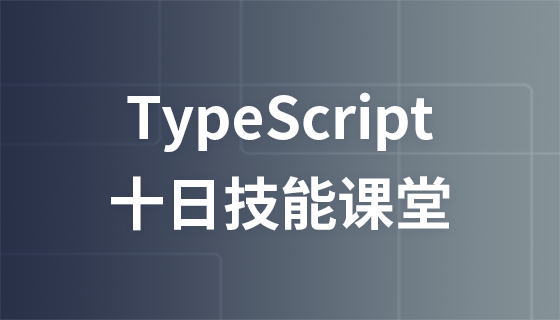
typescript 中,我们可以定义接口来表示不同的数据类型。在本文中,我们将探讨如何在函数体中判断参数的类型,从而实现类型收窄,进行更精细的类型检查。
一种方法是编写谓词函数来手动检查类型。谓词函数返回的是 value is sometype 形式的值。例如,我们可以定义如下函数:
// 判断对象是否是 person
function isperson(o: unknown): o is person {
return typeof o.name === 'string' && typeof o.age === 'number';
}在函数体中,我们可以使用此函数来判断参数的类型:
function test(some: person | animal) {
if (isperson(some)) {
// some 现在是 person
} else if (isanimal(some)) {
// some 现在是 animal
}
}io-ts 库提供了一个更强大的工具来进行类型检查。它可以定义运行时检查工具并将其转换为 typescript 类型:
import * as t from 'io-ts';
const person = t.type({
name: t.string,
age: t.number
});
type person = t.typeof<typeof person>;
const animal = t.type({
food: t.string,
kind: t.string
});
type animal = t.typeof<typeof animal>;
function test(some: person | animal) {
if (person.is(some)) {
console.log('现在 some 是 person', some);
} else if (animal.is(some)) {
console.log('现在 some 是 animal', some);
}
}在 typescript 中,class 既是类型也是值。因此,我们可以使用 class 来创建对象,并使用 instanceof 来检查原型链以判断类型:
class Person {
name: string;
age: number;
}
class Animal {
food: string;
kind: string;
}
function test(some: Person | Animal) {
if (some instanceof Person) {
console.log('现在 some 是 Person', some);
} else if (some instanceof Animal) {
console.log('现在 some 是 Animal', some);
}
}上述方法都可以帮助我们在 typescript 函数体中判断参数的类型,从而实现类型收窄并进行更精细的类型检查。
以上就是TypeScript函数体中如何高效判断参数类型?的详细内容,更多请关注php中文网其它相关文章!

每个人都需要一台速度更快、更稳定的 PC。随着时间的推移,垃圾文件、旧注册表数据和不必要的后台进程会占用资源并降低性能。幸运的是,许多工具可以让 Windows 保持平稳运行。




Copyright 2014-2025 https://www.php.cn/ All Rights Reserved | php.cn | 湘ICP备2023035733号